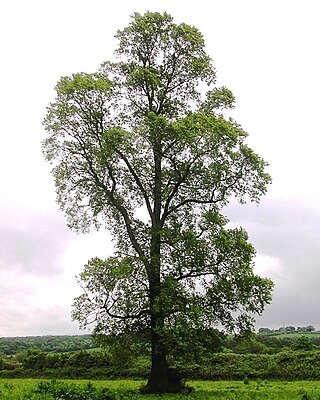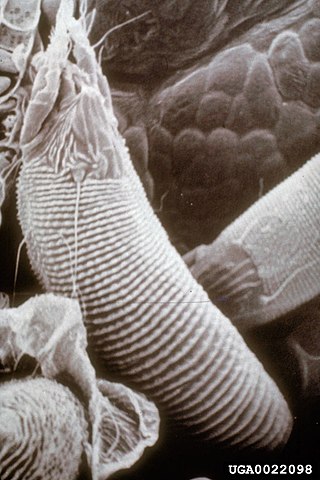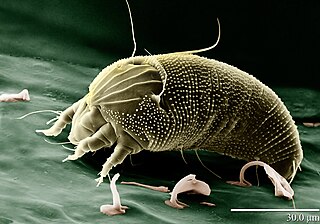
Elms are deciduous and semi-deciduous trees comprising the genus Ulmus in the family Ulmaceae. They are distributed over most of the Northern Hemisphere, inhabiting the temperate and tropical-montane regions of North America and Eurasia, presently ranging southward in the Middle East to Lebanon and Israel, and across the Equator in the Far East into Indonesia.

Ulmus glabraHudson, the wych elm or Scots elm, has the widest range of the European elm species, from Ireland eastwards to the Ural Mountains, and from the Arctic Circle south to the mountains of the Peloponnese and Sicily, where the species reaches its southern limit in Europe; it is also found in Iran. A large deciduous tree, it is essentially a montane species, growing at elevations up to 1,500 m (4,900 ft), preferring sites with moist soils and high humidity. The tree can form pure forests in Scandinavia and occurs as far north as latitude 67°N at Beiarn in Norway. It has been successfully introduced as far north as Tromsø and Alta in northern Norway (70°N). It has also been successfully introduced to Narsarsuaq, near the southern tip of Greenland (61°N).

Eriophyidae is a family of more than 200 genera of mites, which live as plant parasites, commonly causing galls or other damage to the plant tissues and hence known as gall mites. About 3,600 species have been described, but this is probably less than 10% of the actual number existing in this poorly researched family. They are microscopic mites and are yellow to pinkish white to purplish in color. The mites are worm like, and have only two pairs of legs. Their primary method of population spread is by wind. They affect a wide range of plants, and several are major pest species causing substantial economic damage to crops. Some species, however, are used as biological agents to control weeds and invasive plant species.

Aceria chondrillae is a gall-forming deuterogynous eriophyid mite. It is often used as a biological control of the noxious weed Chondrilla juncea, a highly competitive herbaceous perennial composite found in Europe, Asia, Australia and North America.

Baccharis salicifolia is a blooming shrub native to the sage scrub community and desert southwest of the United States and northern Mexico, as well as parts of South America. Its usual common name is mule fat; it is also called seepwillow or water-wally. This is a large bush with sticky foliage which bears plentiful small, fuzzy, pink, or red-tinged white flowers which are highly attractive to butterflies. It is a host plant for the larval stage of the fatal metalmark butterfly, and the adult stage also nectars on the flowers.

Ulmus parvifolia, commonly known as the Chinese elm or lacebark elm, is a species native to eastern Asia, including China, India, Japan, Korea, and Vietnam. It has been described as "one of the most splendid elms, having the poise of a graceful Nothofagus".

Aceria is a genus of mites belonging to the family Eriophyidae, the gall mites. These tiny animals are parasites of plants. Several species can cause blistering and galls, including erineum galls. A few are economically significant pests, while others are useful as agents of biological pest control of invasive plants such as rush skeletonweed, creeping thistle, and field bindweed.

Aceria anthocoptes, also known as the russet mite, rust mite, thistle mite or the Canada thistle mite, is a species of mite that belongs to the family Eriophyidae. It was first described by Alfred Nalepa in 1892.

Aceria fraxinivora, also known as the cauliflower gall mite and the ash key gall, causes the growths, known as galls, found on the hanging seeds or "keys" of the ash (Fraxinus) species.
Eriophyes tulipae, commonly known as the dry bulb mite, is a species of mite in the genus Eriophyes. This mite feeds on members of the lily family, and has damaged garlic crops. At one time, it was also thought to feed on wheat and other grasses, but the wheat curl mite is now regarded as a different species, Aceria tosichella.

Tetraneura ulmi, the elm sack gall aphid and also known as a fig gall, is a species of aphid in the family Aphididae. It was described by Carl Linnaeus and named in his Systema Naturae, published in 1758. The mite is found in Asia, Europe and North America, causing abnormal plant growths, known as galls on their primary host, elm trees (Ulmus species). They feed on a secondary host, the roots of various grasses.
Aceria iteina is a species of mite which causes galls on the leaves of sallows and their hybrids. It was first described by Alfred Nalepa in 1925.

Phyllocoptes goniothorax is a species of mite belonging to the genus Phyllocoptes, which causes galls on the leaves of hawthorns. It was first described by Alfred Nalepa in 1889.

Eriophyes laevis is a gall mite which makes small, pimple-like galls on the leaves of alder. The mite was first described by the Austrian zoologist, Alfred Nalepa in 1889 and is found in Europe and North America.
Phyllocoptes malinus, also known as the apple leaf mite, is a species of mite belonging to the genus Phyllocoptes. It causes a gall, which is a swelling on the external tissues, on the leaves of apples. The mite is found in Europe and was first described by the Austrian zoologist Alfred Nalepa in 1892.

Aceria nervisequa is a species of mite that belongs to the family Eriophyidae. It is found in Europe and was first described by Giovanni Canestrini in 1891. The mite causes galls on the leaves of beech,
Acalitus calycophthirus is an eriophyid mite which causes big bud galls on birch twigs. It is found in Europe and was first described by the Austrian zoologist, Alfred Nalepa in 1891.

Aceria elongata, the crimson erineum mite, is a species of eriophyid mite. This microscopic organism induces erineum galls on the upper leaf surfaces of sugar maple, and is known from the east coast of United States and Canada.

Epitrimerus trilobus is a gall mite in the family Eriophyidae, found in Europe. The mites feed on the leaves of elder (Sambucus species), causing abnormal plant growths known as galls. The mite was described by the Austrian zoologist, Alfred Nalepa in 1891.

Eriosoma ulmi, the elm-currant aphid, is a species of aphid in the family Aphididae found in Asia and Europe. It is a true bug and sucks sap from plants. It was described by Carl Linnaeus in his Systema Naturae, published in 1758. The mite causes abnormal plant growths, known as galls on their primary host, elm trees (Ulmus species). To complete there life-cycle they feed on a secondary host, the roots of currant bushes.















